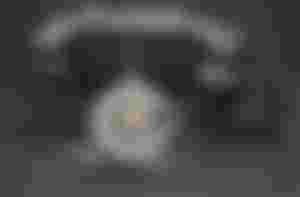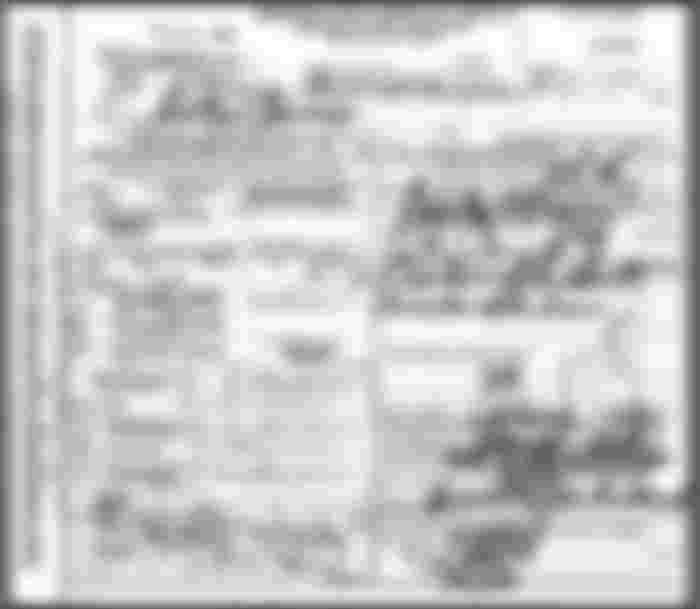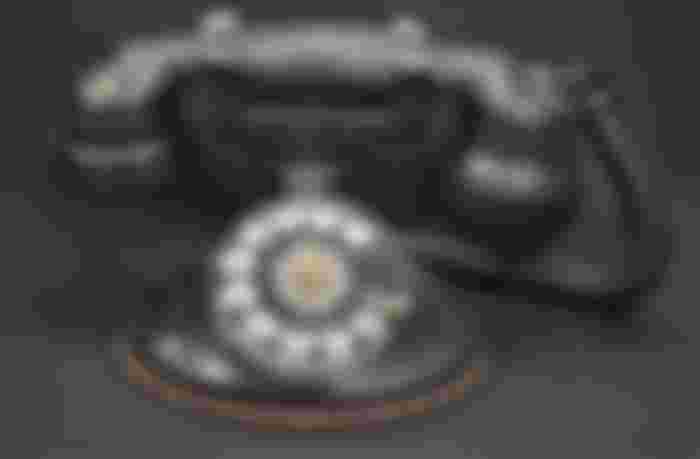Room 1046, part 2. : The investigation
Every little detail of the story seems essential, so I don’t want to miss anything. The article turned out to be so long that I divided it into three parts. The previous part of the story was about the victim's last days and about his death. Read that one first if you didn't do it yet:
Room 1046, part 1. : The last days and the death of a mysterious man
Let's continue the story :
The autopsy found the man died of his injuries, which he sustained sometime between 4 and 5 a.m. So when they tried to call the room after 7am and the bellhop went up to put the phone in place, the man was not drunk but was life-threatening.
All the man's clothes and all his belongings were gone, only the label of his tie was found and the door was locked. I have mentioned several times that the door could only be closed from the outside. Soaps, towels and shampoo were also missing. No knives or other weapons were found. One of the glasses in the room was found in the bathroom and a piece missing from it. The other glass was in the cupboard above it. They found an unlit cigarette, a bottle of dilute sulfuric acid, a hairpin, and 4 fingerprints on the phone. The fingerprints did not belong to the hotel staff and not to the man.

The investigation began at Jean Owen, who lives two rooms further away, but it soon became clear that the name match was just a coincidence.
They then began searching for the man in Los Angeles based on the address given by the man, but it turned out that no person with that name lived there, so it became certain that Roland T. Owen was a pseudonym.

The man's fingerprints were sent to the Ministry of Justice's investigative office, but it was not on the register.
Meanwhile, the crime also appeared in the press and a call was made for anyone who knows the victim to report. At least 50 people went to the funeral house to identify the victim, including a certain Robert Lane.
Robert saw a man on the road not far from the hotel shortly before 11p.m on Jan. 3. The man only had shoes, pants and a leotard. (Remember it is January, cold winter). This man suddenly started waving and shouting at him to stop him. Robert stopped, then the man apologized because he thought he was stopping a taxi. However, he asked him to take him somewhere where he could get a taxi. The stranger in the car told Robert, "I'm going to kill him ... tomorrow." Lane noticed a deep scratch on the man's arm and the man squeezing his hands together as if trying to stop the bleeding. Finally, the man thanked him for the ride and sit in a taxi.
The man told police that the man he mentioned had the same wounds on his arm as the victim. After questioning the man, police for some reason did not believe that Robert had actually met the occupant of Room 1046. Maybe because none of the hotel staff saw the man leave the hotel that night.
Elevator operator Charles Blocker talked about he began his shift at midnight on Jan. 3. The hotel began to calm down around 1:30 at night, except for room 1055, where there was a party. The man remembered all the people he saw that night, especially a well-dressed woman who had previously been seen with several men, some people thought she was perhaps a prostitute. The woman took the elevator to the tenth floor and inquired about room 1026. 5 minutes later, the woman called the elevator to the tenth floor again. Sh told the elevator operator that the person he was looking for was not in his room. She also said that she had been called by a man who had always been punctual, so the woman waited for half an hour and then went down the elevator to the foyer from where she went up to the ninth floor with another man. At 4:15 they left the hotel.

Authorities also went to the Mühlebach hotel because the victim told the bellhop on the first day that he had stayed there before. However, a guest named Roland T Owen had not stayed at that hotel before, but the staff recognized the man, where he checked in as Eugene K Scott and asked for a room facing the inner courtyard.
More than a week after the tragedy, a wrestling manager named Tini Bernardi showed up who recognized the man, whom he said was known as Cecil Werner, who approached him in December 1934 to organize some wrestling matches for him.
On March 3, 1935, one of the local burial companies, the Mellody-McGilley Funeral Home, announced that the victim would be buried in the city's public cemetery, where unknown individuals were buried. Not long after, the funeral home received a phone call from an unknown person asking them to postpone the funeral so he could send them money. The unknown caller wanted to send the money to organize a grave and funeral for the victim at Memorial Park Cemetery. The mysterious person also said on the phone that this way the victim could be close to his sister. To the sister of the caller. The head of the company then warned him to notify the police, but the caller said he knew this and it didn’t bother him. The head of the company then asked the caller if he knew why the man had been killed. The answer was that the victim had an affair with one woman while they were engaged to another woman. Before he hung up, the caller said, "Those who cheat others get what they deserve."

The funeral was then postponed and on March 23, the company received $ 25 in an envelope wrapped in newsprint. At the time, that amount was enough for all costs. But it was never revealed who sent the money.
Strangers then twice called from a street phone to a local florist who was asked to send a bouquet of 13 red roses for the funeral. The florist was sent $ 5-5 in two envelopes. There was also a card in one of the envelopes to put in the bouquet: "I love you forever-Louise." In the end, only police officers attended the funeral, who watched the cemetery for days to see if anyone showed up at the grave, but no one arrived.
Shortly after the funeral, a woman telephoned one of the local newspapers, the Kansas City Journal-Post, informing them that the newspaper had incorrectly written that a resident of Room 1046 had been buried in a public cemetery and that the man had received a regular funeral. Before the unknown woman interrupted the call, saying the victim was in some sort of trouble.
Attempts to identify the man continued, with stories published in many American newspapers, but without success for a long time.
...
The next part will be about the identification of the victim. I hope you will come back to read the sequel, which I will publish very soon because the last article of this serie have already been completed.
Sources: WebArchive , FindAGrave , Buzzfeed , Pixabay


...and you will also help the author collect more tips.




